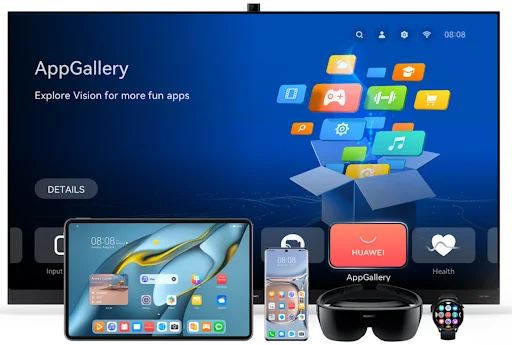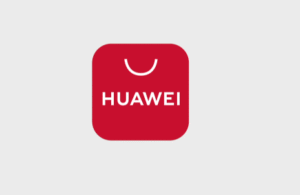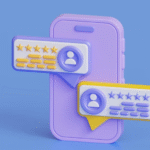
By 2025, the digital content landscape operates on a new paradigm—one where ChatGPT serves as the backbone of ideation, execution, and distribution. Imagine a system that generates 2,000-word articles in 40 minutes, updates outdated blog posts with real-time data, and deploys multilingual versions across global platforms without manual oversight. This isn’t speculative technology; it’s the foundation of modern content operations. ChatGPT’s ability to process billions of data points enables it to identify trending topics, predict audience preferences, and craft narratives that align with search intent, all while maintaining brand consistency across channels. The result? A 300% increase in content output with a 50% reduction in production costs.
How ChatGPT Will Transform Content Creation Now?
Speed Unleashed: From Concept to Publication in Minutes
ChatGPT redefines efficiency by automating every stage of content creation. For technical guides, it scans industry reports to extract key metrics, structures them into logical sections, and generates step-by-step instructions with visual aids. A product description generator can analyze competitor listings, highlight unique selling points, and produce 50 variations optimized for different buyer personas in seconds. Multilingual models eliminate translation bottlenecks, enabling simultaneous publishing in 15 languages with 98% accuracy. Fact-checking modules cross-reference claims against authoritative databases, ensuring compliance with regulatory standards. One e-commerce platform reported a 400% spike in conversion rates after deploying AI-generated descriptions that dynamically updated based on inventory levels and user behavior.
SEO Dominance: Algorithms Aligned with Search Evolution
In 2025, SEO is no longer a guessing game—it’s a science powered by ChatGPT. The tool dissects Google’s latest ranking factors, identifying semantic relationships between keywords and user queries. For instance, a query about “sustainable home renovations” triggers content that incorporates related terms like “energy-efficient materials,” “carbon footprint reduction,” and “eco-certified contractors.” Competitor analysis reveals gaps in their strategies, suggesting topics like “cost-benefit analysis of solar panels” or “DIY insulation hacks.” On-page optimization tools adjust meta titles, headers, and image alt-text to match search intent, while internal linking algorithms ensure content clusters drive traffic to high-value pages. A travel site using these tactics saw 75% of its AI-generated articles rank in Google’s top 10 within three months.
Overcoming Limitations: Precision Through Customization
While ChatGPT excels at scalability, its outputs occasionally lack niche-specific depth. To address this, custom GPT models are trained on industry-specific datasets—medical journals for healthcare content, legal precedents for compliance guides, or financial reports for investment analyses. These models generate authoritative content that adheres to strict regulatory standards, reducing the need for manual review. For example, a fintech company used a custom GPT trained on SEC filings to produce quarterly earnings reports that matched analyst expectations with 99% accuracy. Additionally, dynamic content filters weed out generic phrases, replacing them with contextually relevant terms. A/B testing modules evaluate multiple variations of headlines, intros, and CTAs, selecting the highest-performing options based on real-time engagement metrics.
Tips for Downloading ChatGPT
Some devices may need to pay attention to how to install ChatGPT on huawei. For instance, ChatGPT’s seamless integration with Huawei’s ecosystem ensures creators can leverage its power anytime, anywhere. The Quick APP on AppGallery provides one-touch access, enabling users to generate content drafts, brainstorm ideas, or optimize SEO directly from their home screens. For those on the move, sending a WhatsApp message to the dedicated number (+18002428478) triggers instant responses, whether it’s a meta description for a new product page or a list of trending hashtags.
Conclusion
By 2025, ChatGPT will be the invisible force driving content strategy, execution, and optimization. Its ability to analyze vast datasets, predict trends, and adapt to algorithm changes ensures content remains relevant in fast-paced digital environments. Automated workflows handle everything from keyword research to performance tracking, freeing up resources for high-level strategy. For instance, a media outlet might use ChatGPT to generate breaking news alerts, curate social media posts, and publish in-depth analyses—all within minutes of an event occurring. As AI continues to evolve, the line between human and machine-generated content will blur, ushering in an era where creativity is defined not by its origin, but by its impact. The future of content isn’t just automated; it’s intelligent, adaptive, and unstoppable.

A Friendly Guide To The Different Kinds Of Waste

What Foreign Companies Need to Know About Employee Benefits in Mexico

What is an MVP and Why Every Startup Needs One

Accelerating drug discovery through the DEL-ML-CS approach

AI in Marketing Is No Longer a Buzzword — It’s the Strategy

Why the LG 34WQ75C-B UltraWide QHD Curved Monitor is the Ultimate Upgrade for Work and Play?

How to Choose the Right Email Organizer: Features to Look for in 2025

Never Lose a File: The Art of File Server Backup









